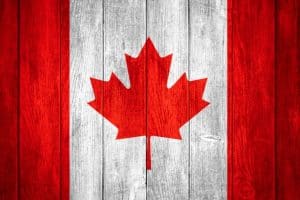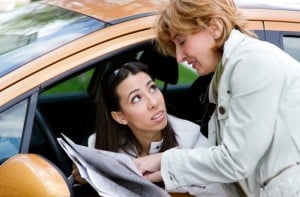 When you’re traveling to a new country, it’s always wise to pick up a bit of the language of the locals. You want to be able to ask about transportation, and it’s helpful to understand key phrases related to buying and selling or ordering food. It is incredibly difficult to convey what you want when you’re speaking two completely different languages.
When you’re traveling to a new country, it’s always wise to pick up a bit of the language of the locals. You want to be able to ask about transportation, and it’s helpful to understand key phrases related to buying and selling or ordering food. It is incredibly difficult to convey what you want when you’re speaking two completely different languages.
While Canadians and Americans have many things in common — they both live in North America, for example, or they both speak English — there are still some key differences that can impede communication. Be prepared before you head to the Great White North on your trip to Niagara by learning some key Canadian phrases.
Favourite, Colour, Honour, etc.
You may recognize some words. They look so familiar, you can almost read them, but something is throwing you off. There’s no need to become frustrated and confused — you just can’t get past the way Canadians add the letter u to certain words Americans don’t. The reasons for this unnecessary inclusion aren’t well understood, but many top researchers suggest Americans don’t have the time for such quaint frivolities.
Toboggan
If you come to Niagara during the winter looking for some excellent sledding opportunities, you might leave disappointed. Locals may be avid tobogganers, but sledding is an activity more common among their lower neighbors. Though the toboggan and the sled are the exact same vehicle used for the same purpose, the difference in vocabulary can make equipment rentals tedious.
Toque
Another common fall or winter accessory, the toque (or tuque, pronounced “took”) is the same as the American beanie or cap. While your ears are freezing off during a Canadian blizzard, it will be helpful to know what to ask the shopkeeper for to prevent your brain from freezing.
Eh
You’ve probably heard this Canadian expression without quite realizing its purpose in the language. An interjection like the American “huh” or “right?” eh works on many levels and in almost any context. Try inserting an “eh” into icebreakers when you’re simply confirming a fact, or else phrases when you’re trying to express surprise or outrage.
Chesterfield
 After a long day exploring Niagara Falls, you’d probably like nothing more than collapsing on the couch and taking a well-earned rest. However, Canadians don’t own couches or sofas, they own chesterfields. You could find yourself making a social scene in a furniture store if you use your American terminology.
After a long day exploring Niagara Falls, you’d probably like nothing more than collapsing on the couch and taking a well-earned rest. However, Canadians don’t own couches or sofas, they own chesterfields. You could find yourself making a social scene in a furniture store if you use your American terminology.
Homo Milk
You’re walking around a grocery store or convenience market and you spy a term that really ruffles your feathers — but it shouldn’t. In Canada, they prefer to shorten the term “homogenized” when they refer to their milk. This beverage is the same as good old American whole milk and actually isn’t discriminatory at all.
Loonie
While you’ve probably heard this term applied primarily to toons or crazies, Canadians prefer this word to describe their money. One dollar coins in particular are loonies, so if you hear the term bandied around when you’re trying to use good American money to buy souvenirs, know the shopkeeper isn’t trying to insult your intelligence.
